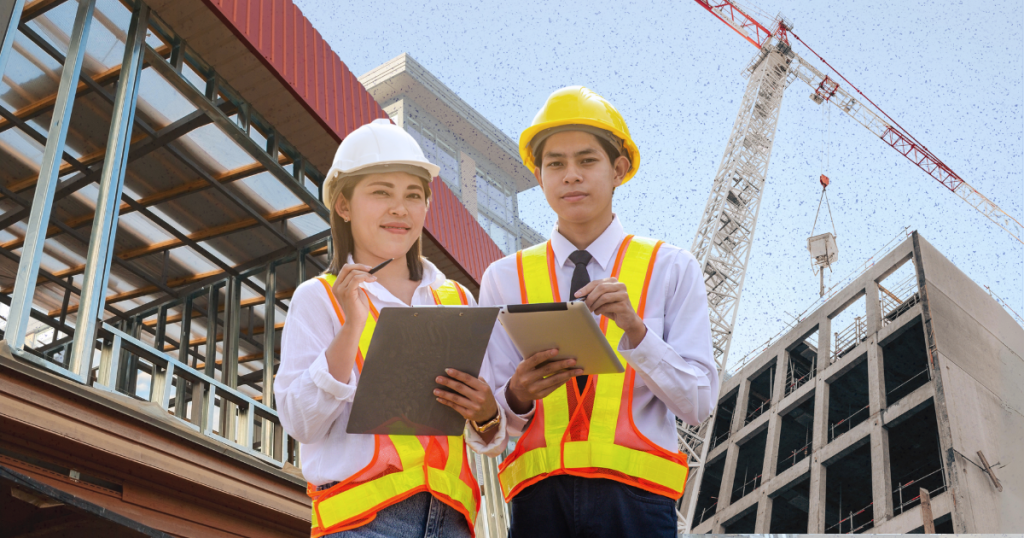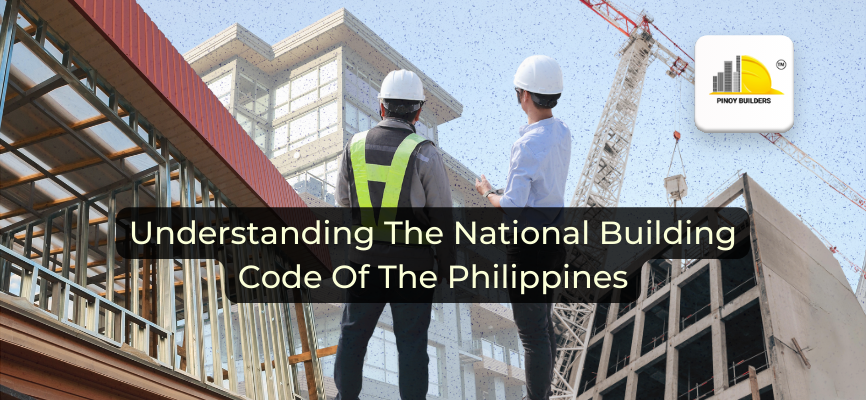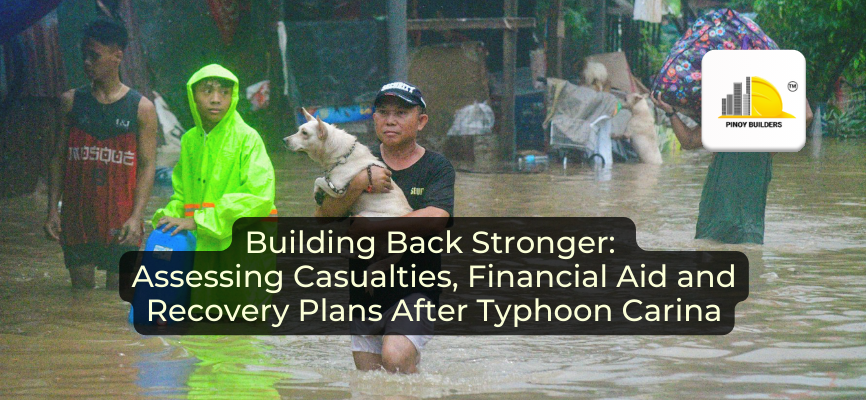The National Building Code of the Philippines is a comprehensive guideline that all architects, engineers, and other construction professionals must follow when building any type of infrastructure in the country. Otherwise known as simply the “Code” or the Republic Act No. 6541, the National Building Code of the Philippines is a vital law that oversees the quality of construction in the country to maintain not only the quality of buildings but also ehe safety of Filipino citizens.
Regardless of whether the building is for public or private use, it must follow the Code. Whether you are an expert in the construction field or a homeowner hoping to complete your dream renovation, the guidelines of the Code must be followed to secure your building permit.
In this article, we will delve into the vital provisions of the Code to help you understand its purpose, scope, and application. We will also include an overview of the general building and site requirements to help you better understand the Code’s guidelines.
Understanding The National Building Code Of The Philippines

The history and background of the National Building Code (NBC) in the Philippines is a significant narrative that reflects the country’s commitment to fostering safe, sustainable, and resilient urban development. It was enacted in 1977 during the martial law regime of President Ferdinand Marcos. The decree aimed to streamline building regulations, promote safety standards, and ensure structural integrity in construction projects nationwide.
Significance of the Code
The NBC plays a crucial role in guiding the planning, design, and construction of buildings and infrastructure projects throughout the country. By setting minimum standards for structural integrity, fire safety, sanitation, and sustainability, the NBC ensures the safety and well-being of the building’s occupants and the communities that will utilize it.
Moreover, compliance with the NBC is typically a prerequisite for obtaining building permits and approvals from local government units, thereby promoting regulatory compliance and accountability in the construction sector.
The Code’s Key Components
Below are some of the most essential components of the Code.
Scope and Coverage
This section defines the boundaries and application of the building code. It includes which types of structures and projects the Code applies to and under what circumstances.
General Requirements for Building Construction
These are the foundational standards that apply to all construction projects, covering aspects like materials, structural integrity, and construction techniques.
Below are some of the general building and site requirements included in the Code:
- Zoning regulations
- Drainage and flood control measures
- Parking and loading space requirements
- Landscaping and open space provisions
- Quality and specifications of materials
Structural and Architectural Provisions
This section deals with the design and construction of buildings, including structural stability, load-bearing capacities, and architectural considerations such as aesthetics and space utilization.
Below are some of the structural requirements included in the Code:
- Minimum Design Loads
- Structural Materials and Design Standards
- Foundation requirements
Fire Safety Standards
Fire safety standards are crucial to protect occupants and property from fire hazards. This section typically covers fire resistance of materials, means of egress, fire detection, and suppression systems, and other preventive measures.
Below are some of the fire safety requirements included in the Code:
- Definition of Material Fire Resistance Ratings
- Adhering to Fire-Resistive Standards
- An Accessible Means of Egress
- Fire-Extinguishing Systems
The Significance of the National Building Code of the Philippines

The National Building Code of the Philippines plays a crucial role in shaping the infrastructure environment of the Philippines. The Code helps in ensuring that buildings are safe and accessible for the well-being of the people who use them. Compliance with the Code is essential for architects, engineers, contractors, and other professionals involved in the construction industry, as it helps to maintain high standards of quality and safety throughout the country.
Further note: The Code that exists now is subject to change and revision due to Presidential Decree No. 1096, which states that the Code “shall embody up-to-date and modern technical knowledge on building design, construction, use, occupancy, and maintenance.” Since its inception, NBC has undergone several revisions and amendments to adapt to changing building technologies, environmental concerns, and urbanization trends.
The latest revision was from 2005. This version is now the most commonly circulated version of the Code as of date.
For further information and specifications on the National Building Code of the Philippines, peruse the publicly available copy here.
References
Brittany Corporation. (n.d.). National Building Code: Everything You Need To Know. Brittany Corporation. Retrieved April 12, 2024, from https://www.brittany.com.ph/blogs/national-building-code/
DPWH. (n.d.). NATIONAL BUILDING CODE OF THE PHILIPPINES. DPWH. Retrieved April 12, 2024, from https://www.dpwh.gov.ph/DPWH/files/nbc/PD.pdf










